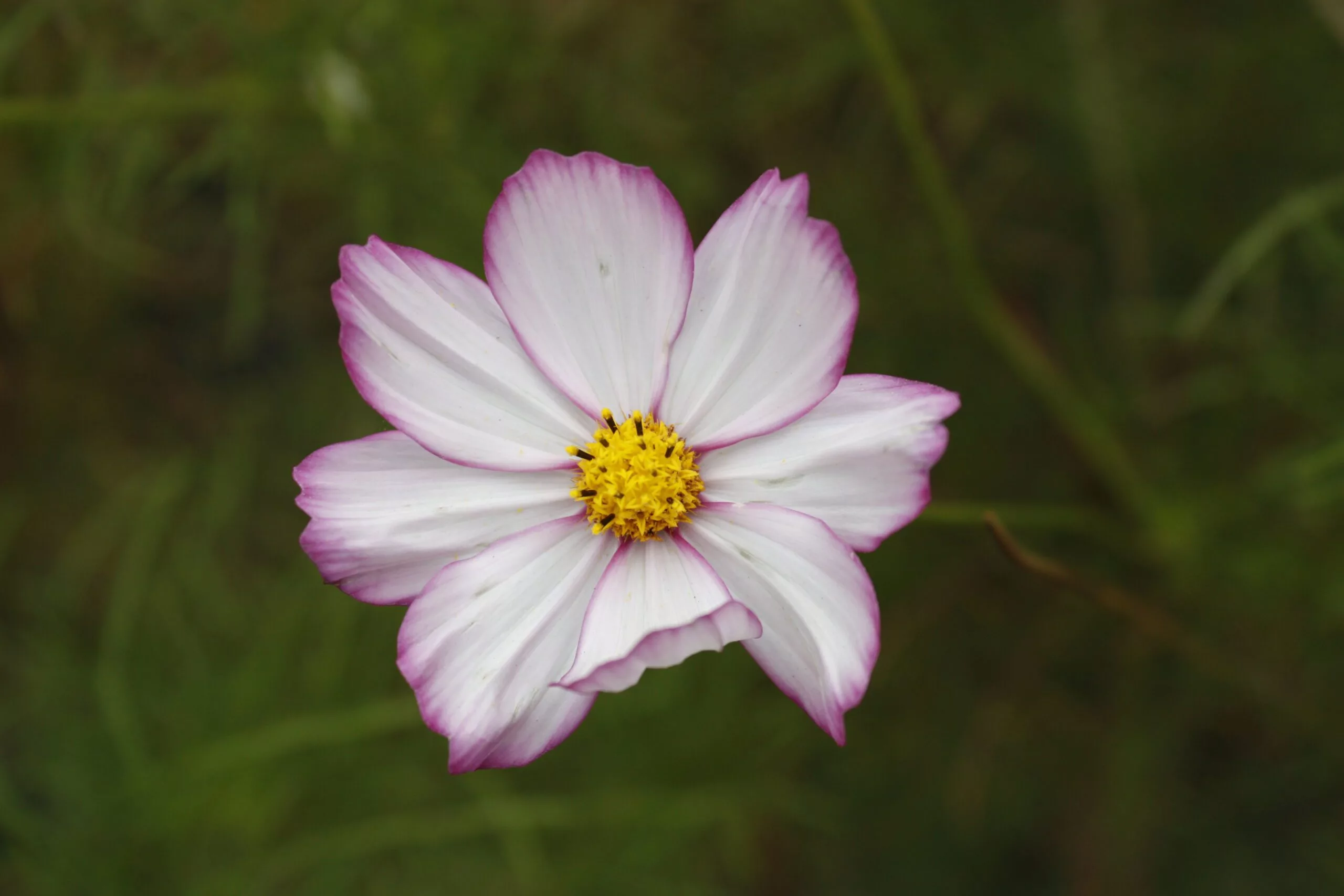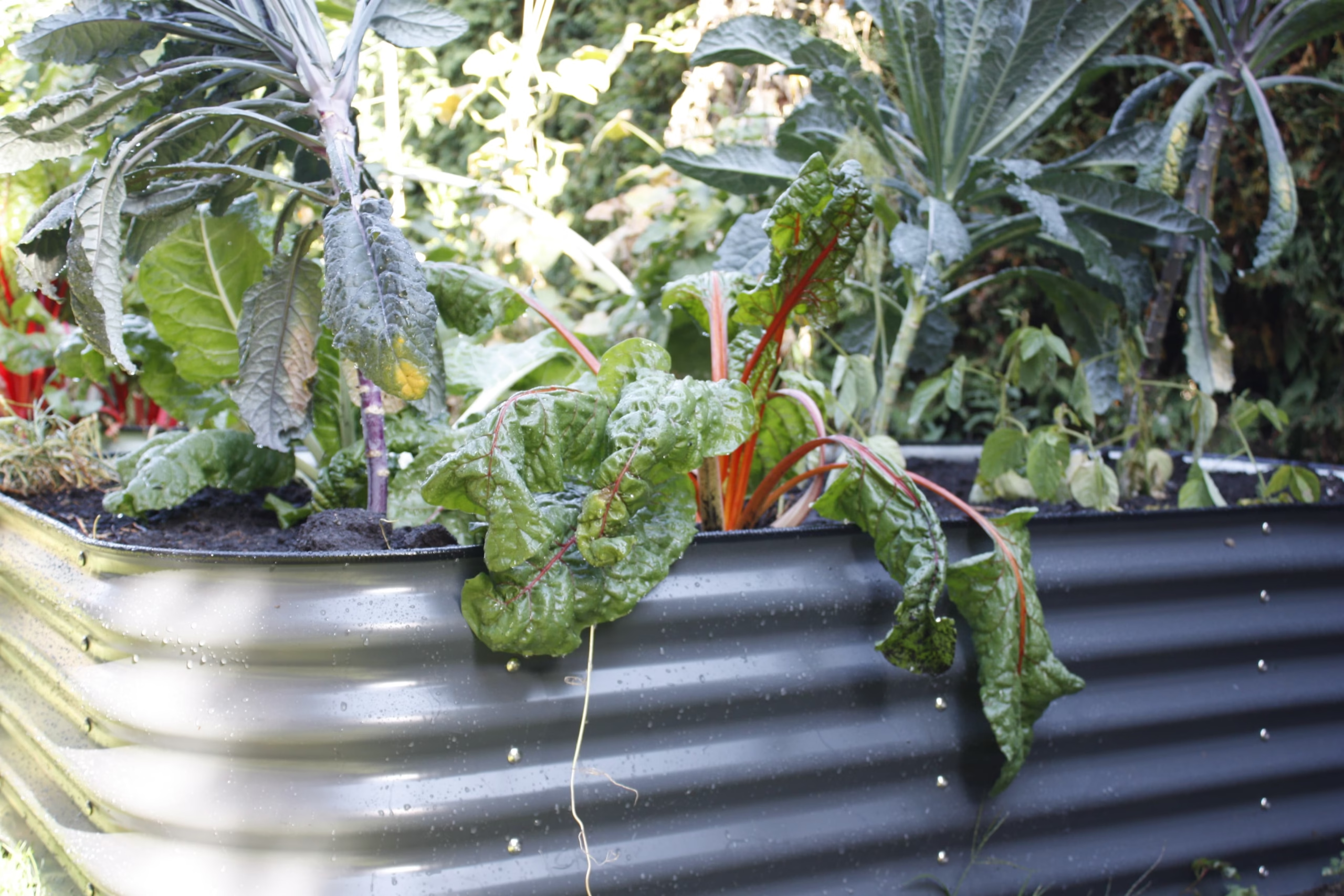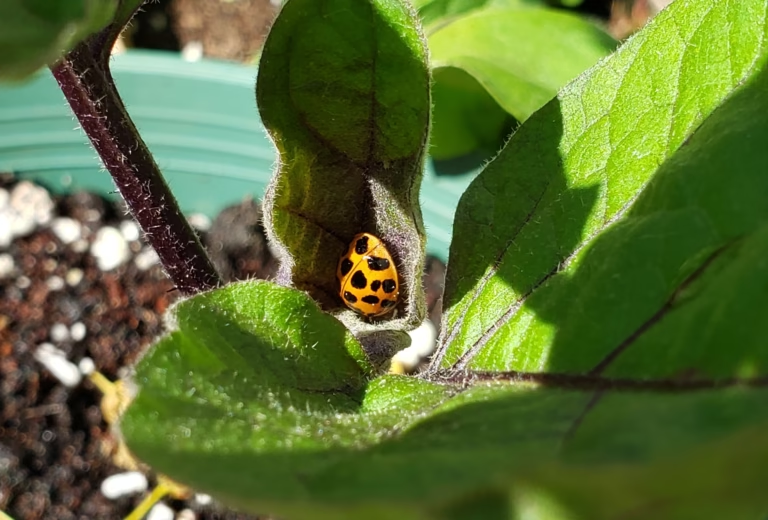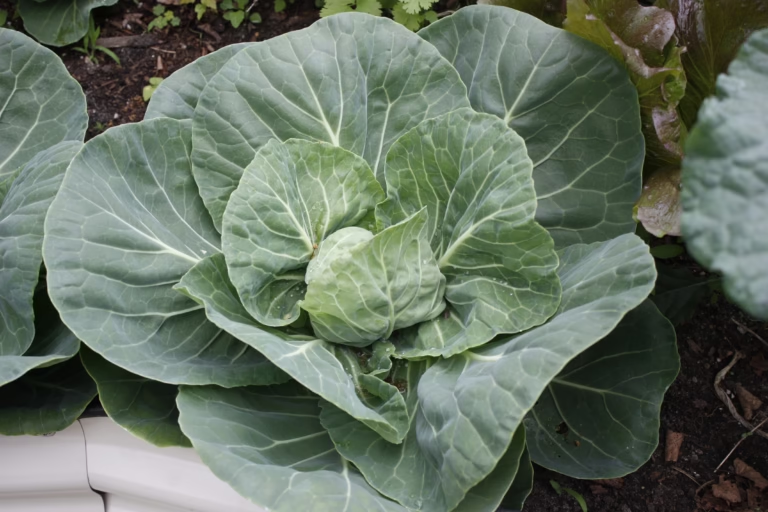
How to Grow Cosmos from Seed to Flower

Cosmos are an annual flower that originate from Mexico but are a common annual in Canadian gardens. They’re bright, joyous flowers that the bees and butterflies love and they work great as cut flowers in an arrangement. They’re also easy to save seed from making them a great plant for beginner seed savers.
Cosmo Varieties

This blog is reader supported. Some of the links in this article earn us a small commission, at no extra cost to you.
Cosmos come in a wide variety of colours and shapes, however the most common variety grown is the Sensation Mix. This is a white and pink mix of single petal blooms. Another common variety is Bright Lights which is vibrant oranges. One of our favourites to grow is Rose Bon Bon (pictured above) because of the frilly petals. It’s different than the average cosmo and it makes for a beautiful flower in an arrangement. Beyond the more common varieties, there’s varieties that grow to look like the paper on the bottom of a cupcake, which is so cute, and there’s also pale yellow varieties. The selection is quite wide, which means anyone can find a variety of cosmo they love. And because they’re so easy to grow, they’re such a great beginner flower.
Cosmo Sun & Soil Requirements

Cosmos are really easy to grow and aren’t overly picky on soil quality. They reseed in my garden year after year with no extra inputs in the soil. They’re also very drought tolerant so you don’t have to worry about underwatering them! Cosmos like full sun, and will give you the most blooms with the more sun they receive. This is what makes them so easy. Your soil can be average, your watering schedule can be average but your cosmos are going to grow and bloom!
Grow your gardening skills with our self-paced gardening course!
How to Plant Cosmo Seeds

The easiest way to grow cosmos is by direct sowing them in the fall or spring. I grow in a Canada Zone 5 and the seeds survive the winter and sprout on their own in spring. If you grow in a zone similar or warmer, you won’t have an issue sowing seeds in the fall. Otherwise, you can sow seeds in the springtime when the soil has warmed, planting them only around 1cm deep (or thrown on the soil works too).
You can also start them indoors for earlier blooms. Start the seeds in a sterile seed starting mix around 4 weeks before your last frost date. If you own a heat mat and clear dome, you can use these to germinate the seeds quicker, however they already germinate quickly – usually within just a couple days. If you use a dome, you’ll want to keep a careful eye to remove the dome and put them under grow lights as soon as they pop out of the soil.
Caring for Cosmo Seedlings

Once the seeds germinate, cosmo seedlings should be grown under grow lights. Even with good grow lights, often cosmos will be long and leggy in comparison to your other plants. They just happen to be a stretchy seedling when grown indoors, but they’ll grow healthy and strong once you transplant them outside. Since they grow large so quickly, you’ll want to make sure the pot size is sufficient for them and they don’t outgrow their home. You don’t want to stunt your flowers because they’ll stop growing, or worse, start blooming indoors on small plants.
If you need to slow down their growth you can pinch your seedlings. This is good practice regardless, as pinching promotes branching. And the more branches you have, the more blooms you’ll get! Pinch off the main stem just above the 2nd or 3rd set of leaves and within a week you’ll see new growth.
Continue your garden learning:
- How to Grow Cosmos from Seed to Flower
- Grobox Garden Raised Bed Review
- How to Invite Ladybugs into Your Garden
- How to Grow Cabbage from Seed to Harvest
- Your Most Asked Raised Garden Questions ANSWERED
Cosmo Planting Guide

Cosmos should be planted out only after all danger of frost has passed, preferably when nights are consistently at, or around, 10°C as they’re frost sensitive. Cosmos can grow quite large so the more space you give them, the bigger they’ll grow. I like to plant a maximum of one per square foot, however they can easily take 2-3 feet of space. The above photo are cosmos that self seeded, so you can see how densely they’re willing to grow. Since these are self-seeded plants, I never pinched the main stem which means they’ll be thinner than your plants if you choose to pinch them.

Since cosmos can grow over 6 feet tall, and 3 feet wide you want to make sure they have support either by staking them or growing them with a fence around them. Because of how large the plants get, and how thick the stems can grow, they can easily break in a storm with strong wind or hail (as seen in the photo above).,The more support you give them, the better.
Watering Your Cosmos
Cosmos are quite drought tolerant. They’re native to Mexico and central America so they’re used to the heat and can handle dry Canadian summers. It’s important to water them regularly as seedlings, and for the first week or two after you plant them outside. But once they get established you can let the rain water them and they’ll grow just fine. The only consequence of not watering your plants is that they won’t bloom as early or have as many blooms on them. If you don’t get regular raining, watering them once a week will suffice.
Harvesting Your Cosmos

Cosmos are a great cut flower, and since they come in a variety of pinks and whites they’re a great addition to your arrangements. Cosmos don’t last as long as other flowers in the vase, but they’ll last up to a week. It’s important when harvesting your cosmos to cut as deep into the plant as possible. Don’t cut just the length you need for your vase but as deep on the plant to allow it to branch. As the season goes on the plant will continue to branch and the stems will shorten until the point you won’t be able to harvest long enough stems. This is why it’s important to cut deep on the first cuttings.
Join the family, get advice straight to your inbox!
Cosmo Common Pests & Problems

Cosmos don’t have many pests or problems which, again, makes them such a great flower for beginner gardeners. Sometimes earwigs will eat the petals on the flowers, and Japanese beetles might also target them but overall they don’t have many problems. Because cosmos are part of the aster family, leafhoppers can infect them with Aster Yellows where the plant will droop, rot, and eventually die – but I’ve never had this happen to my plants in the past.
Saving Cosmo Seeds

Once the cosmo flower starts to die the centre of it will begin to turn green and have, what looks like, spikes in the centre. As the spikes grow, they’ll begin to look more like seeds, as seen above. After the petals die back and fall off, the centre will dry out and you’ll be left with dark seeds on the stem. From here, you just collect the seeds in your hand, blow off any chaff (the light fluffy parts that come off with the seeds) and you’re left with the seeds! From here you store them in a cool, dark place and label them until next year!






